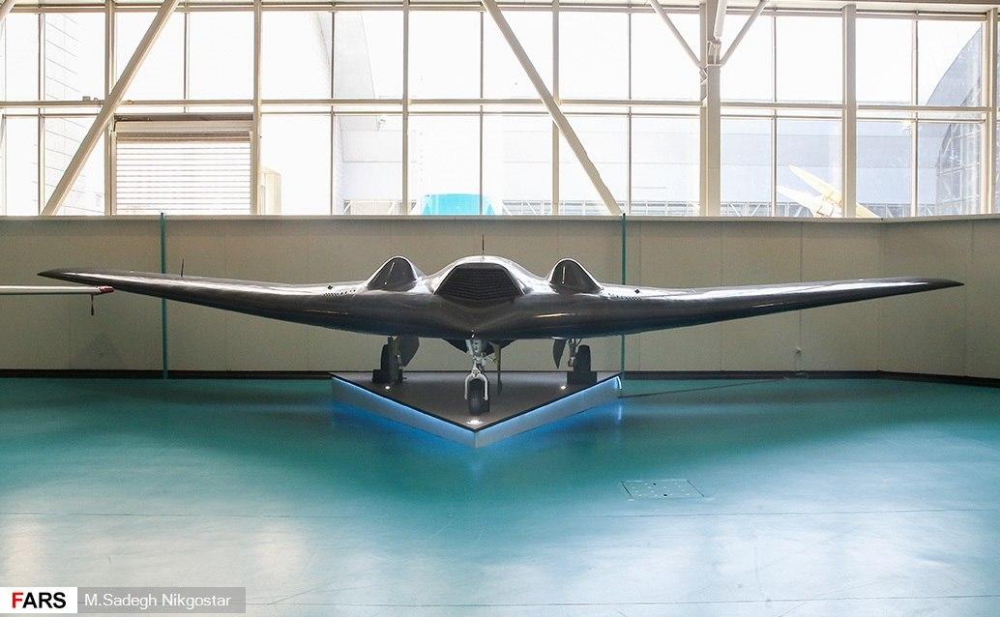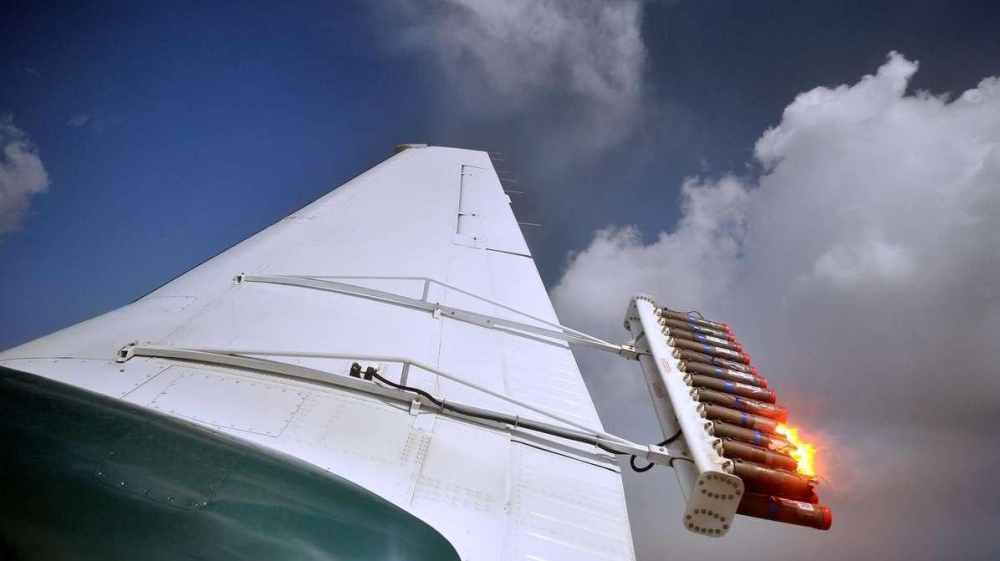The Aerospace Division of Iran’s Islamic Revolution Guards Corps (IRGC) says it is using a reverse-engineered version of the American unmanned aerial vehicle RQ-170 to seed clouds. The move comes to tackle drought in parts of the country.
Over the past couple of years, the IRGC’s Aerospace Division has been using a new method to seed clouds by using drones. The seeding materials used in the operation have also been produced by IRGC experts.
The advantage of drones over manned aircraft is that drones have higher manoeuvrability, cost less to operate and are more flexible during operations. The IRGC’s drone units have conducted several cloud seeding operations in several parts of the country over the past years.
In 2015, a US RQ-170 Sentinel was flying over the Iranian city of Kashmar, near the Afghan border, when it came down, and was later reverse-engineered.
Iran currently possesses the biggest collection of captured or downed American and Israeli drones, including the US’ MQ1, MQ9, Shadow, ScanEagle, and RQ-170 as well as the Israeli regime’s Hermes.
Seeding clouds is a new technology which is only several decades old. Over this rather short period, the technology has come under spotlight in many countries. Different methods are used to seed clouds, namely using aircraft, hot-air balloons and land-based generators.
Using planes to seed clouds has its own advantages and drawbacks. When airplanes are used, it is possible to determine the exact place where seeding materials are to be sprayed, hence improving the precision of the seeding operation. However, the disadvantage is the limited duration of flight among clouds which create thunder and lightning, posing a threat to those on the plane.
Source: IFP News


